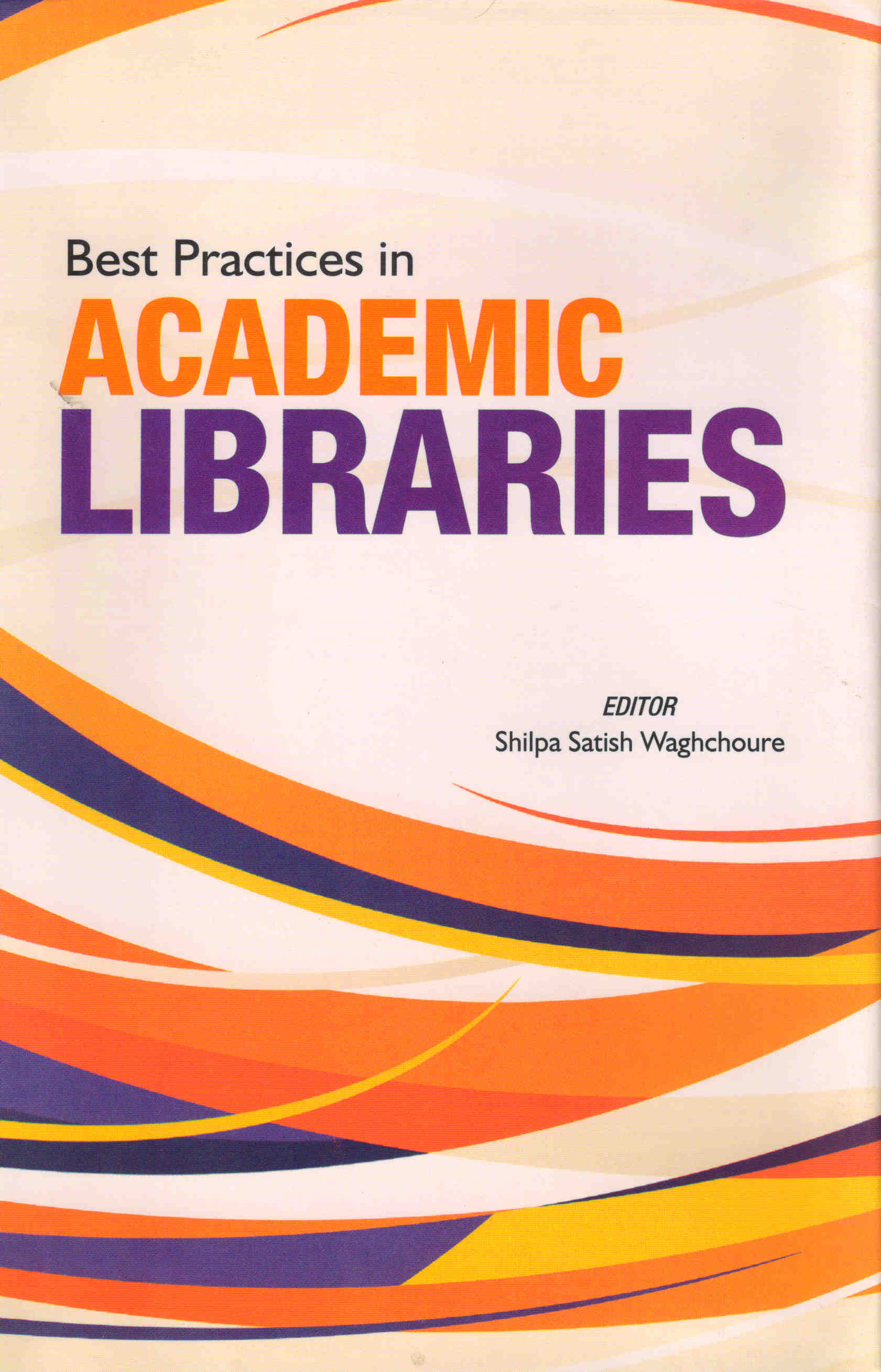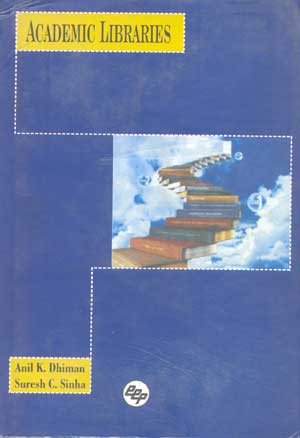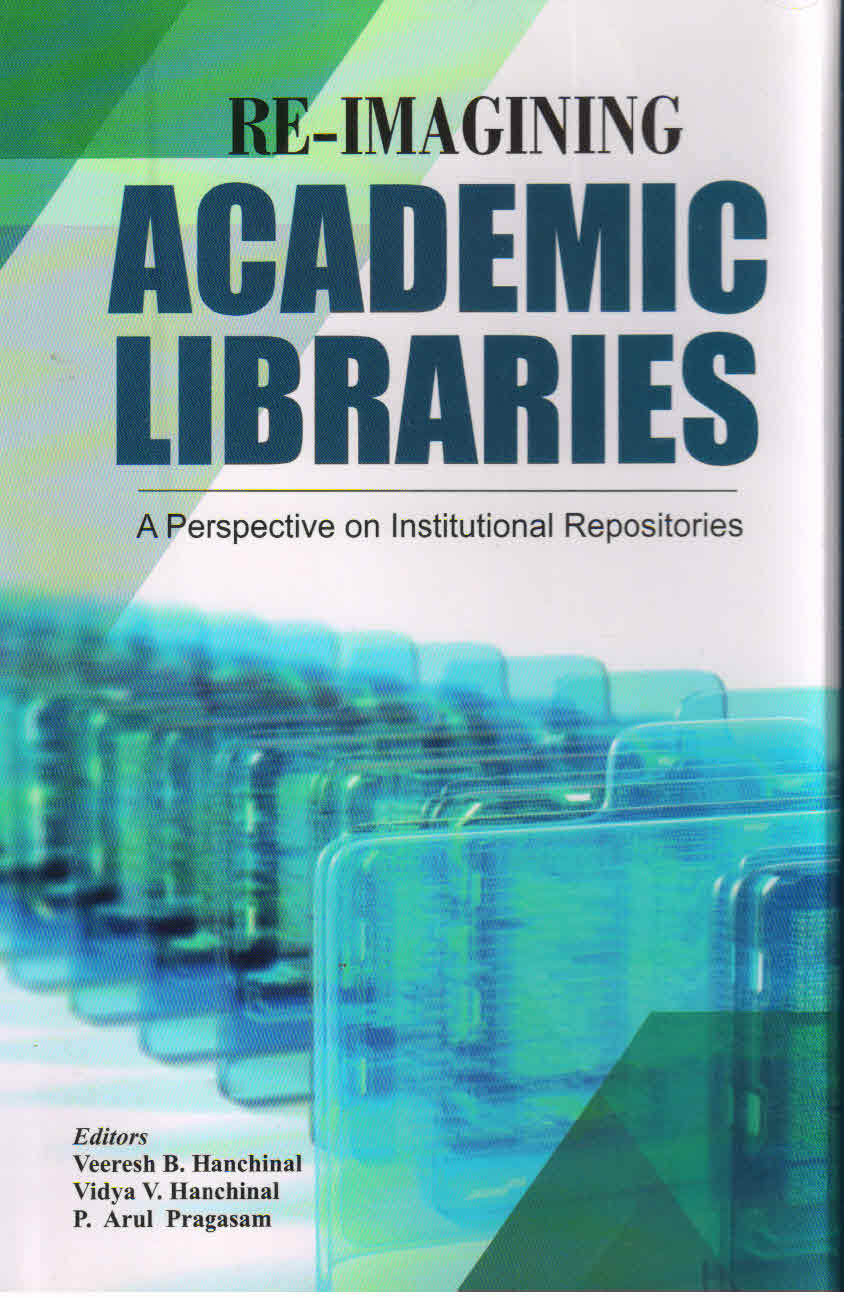The global changes, particularly in the field of Information and Communication Technology (ICT) have had an impact on the functioning of academic libraries. The developments in ICT have changed the users’ expectations from the academic libraries in different ways. The ways to build collection and give services to the end users vary from the recent past practices. To meet the demands of end-users effectively, the academic libraries need to identify and adopt good practices and benchmarks. Library and information system management is the basic and core activity which helps the user community in identifying and accessing knowledge resources in an academic institution. It also comprises of the activities performed in relation to the development of vision, mission, goals and policies of the library, working hours, stock verification methods, copyright issues, membership, budgeting and reporting, resource mobilization, technical processing methods, manpower development, basic amenities and facilities as well as collection development management or information resources development, technical services, information services generation, technological, legal and copy right issues, to name a few. It is also concerned with strategic planning of LIS in present and future operations. Identifying and internalization of best practices in the management and administrative functions at regular intervals would enhance the collection development process, services dissemination and use of the library as a whole.
The book ‘Best Practices in Academic Libraries’ is an attempt to compile the case studies of the best practices used by the contributors in their libraries. Total 21 case studies has been presented in this book from various institutions. This book will definitely help the library professional who want to get NAAC accreditation in their institutions. They can utilize this text and implement the same to their respective institutions.
The book would prove to be highly useful not only for the students who are keen to know about latest trends in LIS but also for teachers and research scholars of LIS.






